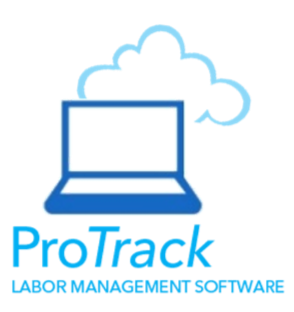Growth in data volumes and types is exploding. The opportunity to use data analytics to reshape your operations and drive profitability has never been more significant. In fact, according to a recent survey by McKinsey & Company, organizations that use analytics to inform decisions realize substantial gains. Reports show their data analytics initiatives have contributed to at least 20% of their earnings before interest and taxes (EBIT) over the past three years.
Read on if you’re wondering how data analytics and Business Intelligence (BI) tools can help you turn insights into actions in your warehouse.
Data Analytics Defined
First up, let’s start with defining the term data analytics. Data analytics refers to the process of examining datasets to conclude the information they contain. There are four primary types of data analytics you should know about as each offers unique insights:
• Descriptive analytics helps answer questions about what happened.
• Diagnostic analytics helps answer questions about why things happened.
• Predictive analytics helps answer questions about what will happen in the future.
• Prescriptive analytics helps answer questions about what should be done.
A successful combination of the four components results in a data analytics initiative that provides a clear picture of where you are, where you have been, and where you should go.
Data Analytics and BI Tools
Next, let’s look at the relationship between data analytics and BI tools. BI tools are the secret sauce that helps companies collect and analyze data to turn insights into action. These tools are increasingly being adopted in warehouses everywhere because of their power to help companies cut waste, reduce costs to serve, and create an engaged and productive workforce.
The Value of BI Tools in Your Warehouse
Finally, let’s explore the value BI tools deliver in warehouse environments.
With labor shortages continually driving up wages, it’s more important than ever before to ensure that your hourly team achieves an optimal level of performance. Recent advances in data science result in warehouse BI tools that can help you maximize productivity by delivering unprecedented levels of real-time data monitoring and predictive modeling. Productivity can be tracked with a click of a button; you can drill into what’s slowing you down and adjust on the fly. But, buyers beware; not all Labor Management System Systems offer actual BI functionality.
Before adopting a new Labor Management System System that promises BI capabilities, you want to ensure that the solution does more than create static reports. A static report offers a snapshot of trends, data, and information over a predetermined period to provide insight and serve as a decision-making guide. After initial use, a static report is usually filed away and used for historical data analysis.
A Labor Management System System with true BI capabilities delivers dynamic reports with access to the most up-to-date information and enables you to interact with that data to conduct basic and advanced analytics. Most BI tools are powered, to some extent, by machine learning (ML) capabilities, meaning they are insightful and intuitive and allow you to use your data as a past, predictive, and live decision-making resource. As a result of their interactive nature, dynamic reports can help businesses become more responsive to unexpected issues or sudden changes in direction by gaining immediate access to visual data as it unfolds—a priceless capability in your warehouse.
For analytics to deliver fundamental transformation, they need to work around the needs of your management team and make their jobs easier, not harder. TZA brings together all your warehouse metrics in easy-to-navigate dynamic dashboards so you can understand your needs, performance, and costs and ultimately create the engaged and productive workforce you need to thrive. See what TZA’s ProTrack Labor Management System System and Engineering Services can do for you.
CASE STUDY: Infusing Analytics across Warehouse Operations
Warehouse operations must evaluate data from multiple sources. It’s far too easy for managers to get lost in the noise, unable to draw accurate, timely insights from disparate data streams, unconnected systems, and silos. TZA’s ProTrack Labor Management System System solution empowers ops teams to keep their finger on the pulse of their operation at all times.
A deep dive into data enables a tech distributor to eliminate 108 hours of delays every month.
- CHALLENGE – Reduce Warehouse Delays
When labor shortages drive hourly wages to an all-new high, this tech distributor sets its sights on reducing delays in the warehouse. - ACTION – Data Drilldown with Business Intelligence
Tech distributor uses TZA’s ProTrack solution to calculate the number of hours spent on delays and drill down into the data to discover the task resulting in the most delays – cleaning up pallet spills. - OUTCOME – 90% Reduction in Time Spent Cleaning Pallett Spills
A drillable view into warehouse delays enables this tech distributor to identify a fundamental weakness – pallet spills. After troubleshooting the issue, a new pallet building process is introduced, enabling the distributor to reduce the amount of time spent cleaning up pallet spills by 90%.
B.I. Series #2 & #3 – Bookmark TZA – ProTrack Business Intelligence -Available December 16, 2021
Reach out to us to learn more about our Labor Management System Services that can help you assess performance, establish best practices, and manage performance standards.
Call TZA and speak to a representative for further information. (800) 229-3450.


